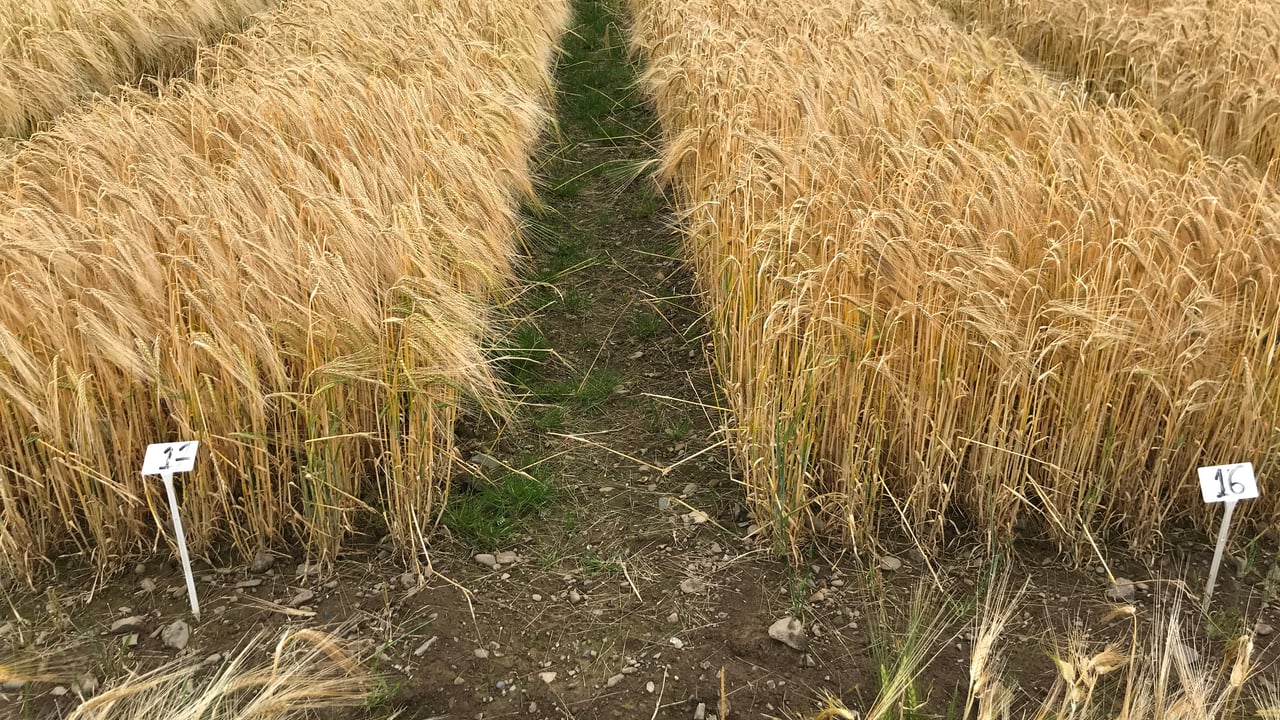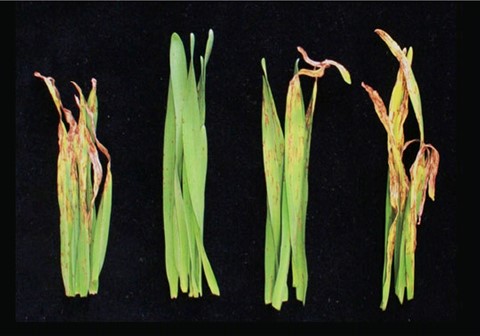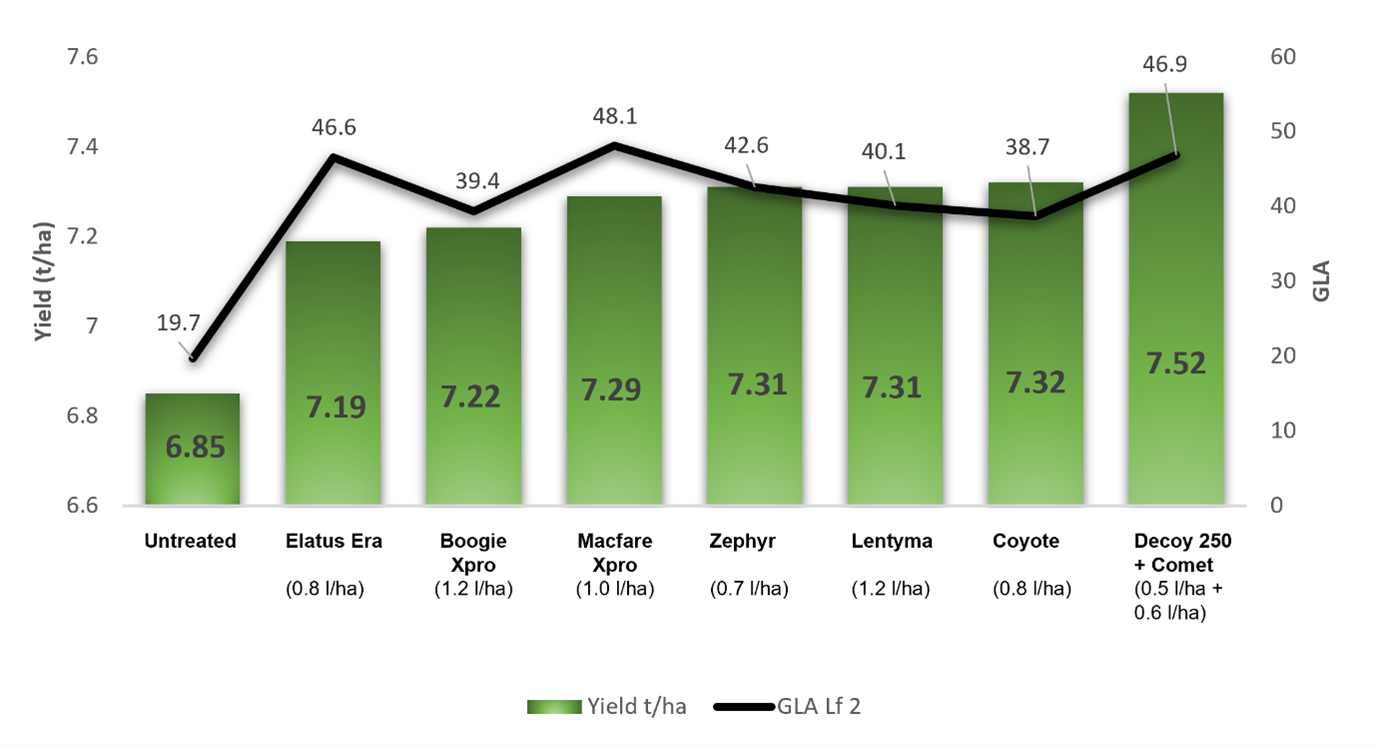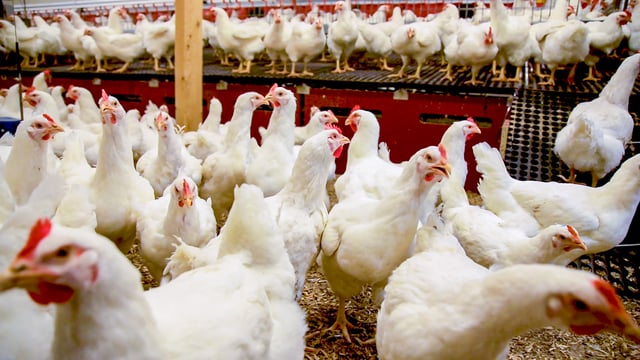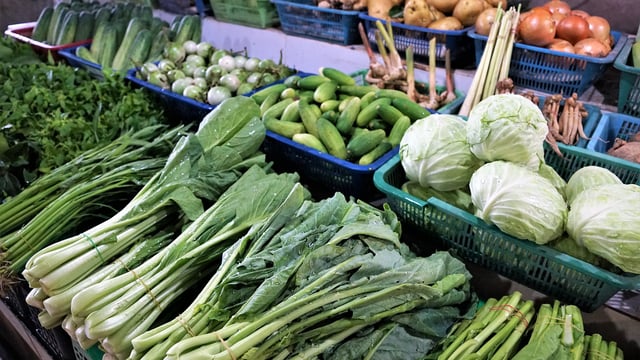Sponsored Article
Advice for managing disease threats in barley
Sponsored Article

Wet weather diseases like rhynchosporium and net blotch are the main threats to winter and spring barley in most seasons, however the risk from mildew and ramularia can also be significant depending on conditions and varieties grown, said Dr. Steven Kildea, senior research officer at Teagasc.
“Managing the disease threats in barley is all about building integrated cultural and chemical control strategies around the specific risk factors in individual situations," he said.
Barley yields are driven by tiller number, so protecting crops during the primary development phase is critical to prevent tillers being lost to disease, compromising yield potential.
Although individual spray programmes depend on location, variety and seasonal weather, Steven says many winter barley crops, particularly those grown in milder, wetter parts of southern Ireland, often require a three-spray fungicide strategy to protect tillers and maximise grain fill by maintaining a healthy canopy as long as possible.
Timings for a three-spray programme typically see the first application at the end of tillering, a second at stem extension (growth stage 31) to protect leaves two and three, and a final spray around booting/awns emerging to reduce the risk of ramularia developing later in the season.
Spring barley
“In spring barley, the whole growing season is condensed into a much shorter period, but the focus should still be on maximising tillers and protecting the upper canopy,” Dr. Kildea added.
David Leahy, BASF’s business development manager in Ireland said many growers tend to prioritise the later fungicide applications in barley and often neglect the importance of the T1.
"This is largely down to ramularia being a stress-induced disease.
“Barley can be just as rewarding as wheat if managed correctly. This is not purely due to disease control, but equally down to good basic agronomic principles. If the disease risk is there, growers should invest in the crop to push yield and gross margin.”
Traditionally, many growers have looked to prothioconazole as the most effective azole against net blotch, however robust rates are now needed to achieve reasonable efficacy, he said.
Although resistance to strobilurin fungicides caused by the F129L mutation is an issue within the European net blotch population, some products still offer good control, Dr. Kildea added.
Pyraclostrobin is the most effective, as it is not affected by the F129L mutation, so will even control resistant strains, he said.
Comet, Modem, Priaxor and Serpent are the main F500 options in Ireland. Using these in combinations with it’s pack partner, Decoy 250 (prothioconazole) provides enhanced protective and curative fungicide activity.
Minimising crop stress can help reduce the risk of ramularia developing, Dr. Kildea noted, adding:
“Growers can’t do a lot about the weather, but we can try to establish crops well in the first place and keep them clean and well-nourished to reduce the risk of stress later in the season.”
Barley fungicide tips:
For more information on disease control products for barley, click here.
Sponsored Article


